Do you have a question about the Dodge CHARGER Hellcat 2017 and is the answer not in the manual?
Identifies key controls and their locations within the driver's cockpit area.
Describes the gauges and displays in the instrument cluster.
Details the functions and components of the vehicle's key fob, including emergency key access.
Describes the keyless entry system for unlocking doors and trunk without a button press.
Explains the process of starting and stopping the engine using the keyless ignition system.
Covers vital safety features like seat belts, airbags, and child restraints for occupant protection.
Provides detailed instructions on how to properly wear lap and shoulder belts for maximum safety.
Outlines the components and function of the Supplemental Restraint System, including airbags.
Explains the operation, features, and safety precautions for the front air bag system.
Provides guidelines for attaching child restraints using LATCH or seat belts.
Covers the operation of power and manual seat adjustments for optimal driver comfort and safety.
Covers activating, setting, varying, and deactivating the speed control system.
Explains the operation of Adaptive Cruise Control, including distance settings and mode changes.
Describes the Forward Collision Warning system, its settings, and how it alerts the driver.
Details the LaneSense system, its warnings, and how to manually override it.
Covers the Blind Spot Monitoring system, its detection zones, alerts, and modes of operation.
Details the SiriusXM Guardian services, including SOS calls, remote features, and vehicle assistance.
Explains how to use Android Auto to project smartphone apps onto the Uconnect touchscreen.
Explains how to integrate iPhone features like music, maps, and messages using Apple CarPlay.
Outlines SiriusXM Guardian services available for the Uconnect 8.4 NAV system, including activation.
Explains the critical role of proper tire inflation pressure for safety, stability, and economy.
Identifies key controls and their locations within the driver's cockpit area.
Describes the gauges and displays in the instrument cluster.
Details the functions and components of the vehicle's key fob, including emergency key access.
Describes the keyless entry system for unlocking doors and trunk without a button press.
Explains the process of starting and stopping the engine using the keyless ignition system.
Covers vital safety features like seat belts, airbags, and child restraints for occupant protection.
Provides detailed instructions on how to properly wear lap and shoulder belts for maximum safety.
Outlines the components and function of the Supplemental Restraint System, including airbags.
Explains the operation, features, and safety precautions for the front air bag system.
Provides guidelines for attaching child restraints using LATCH or seat belts.
Covers the operation of power and manual seat adjustments for optimal driver comfort and safety.
Covers activating, setting, varying, and deactivating the speed control system.
Explains the operation of Adaptive Cruise Control, including distance settings and mode changes.
Describes the Forward Collision Warning system, its settings, and how it alerts the driver.
Details the LaneSense system, its warnings, and how to manually override it.
Covers the Blind Spot Monitoring system, its detection zones, alerts, and modes of operation.
Details the SiriusXM Guardian services, including SOS calls, remote features, and vehicle assistance.
Explains how to use Android Auto to project smartphone apps onto the Uconnect touchscreen.
Explains how to integrate iPhone features like music, maps, and messages using Apple CarPlay.
Outlines SiriusXM Guardian services available for the Uconnect 8.4 NAV system, including activation.
Explains the critical role of proper tire inflation pressure for safety, stability, and economy.
| Brand | Dodge |
|---|---|
| Model | CHARGER Hellcat 2017 |
| Category | Automobile |
| Language | English |

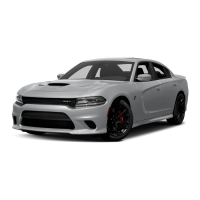


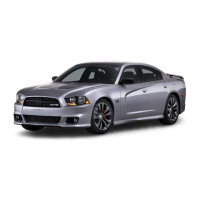
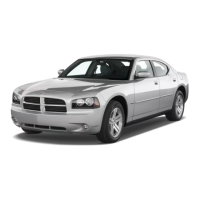
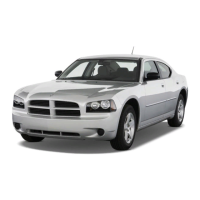
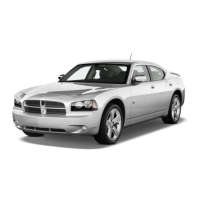
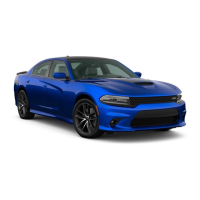
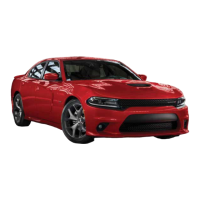
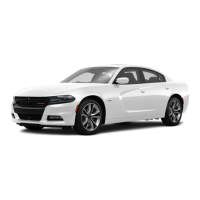
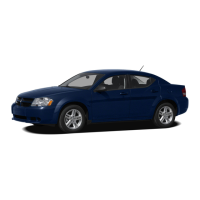
